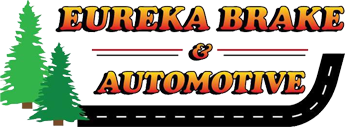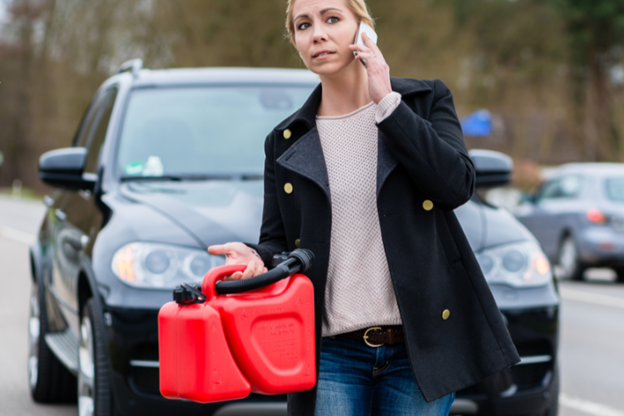We've all been there – driving on fumes with the fuel gauge needle firmly resting on the "E." Whether it's due to forgetfulness, a busy schedule, or the hope that you can make it just a few more miles, pushing your gas tank to its limits is a common occurrence. But just how long can you wait before refueling? Let’s explore the factors at play and provide some insights into why it might be best to keep your tank from running on empty.
1. Understanding Your Vehicle:
Every vehicle is unique, and the distance you can cover once the fuel warning light comes on varies. Modern vehicles are equipped with sophisticated fuel efficiency systems that estimate your remaining range based on driving conditions, fuel consumption, and other factors. However, it's crucial to note that these estimates are not foolproof, and relying solely on them can lead to unexpected situations.
2. The Risks of Running on Empty:
While it might be tempting to see just how far you can go with that low fuel warning illuminated, it comes with its fair share of risks. One of the primary concerns is the potential damage to your fuel pump. The fuel pump relies on gasoline to cool and lubricate its components, and running on empty can expose it to overheating, potentially leading to premature wear and tear.
3. Sediment in the Tank:
Gasoline is not a pure liquid; it often contains sediments and impurities that settle at the bottom of your fuel tank. When you run your vehicle on an empty tank, you're more likely to draw in these impurities, which can clog fuel filters and injectors. This can result in poor engine performance and reduced fuel efficiency.
4. Emergency Preparedness:
Running out of gas can leave you stranded on the side of the road, especially if you're in an unfamiliar area or during adverse weather conditions. It's always wise to have an emergency kit in your vehicle, including items like a flashlight, water, and basic tools. However, preventing a fuel-related breakdown by refueling before hitting empty is the best way to avoid such situations.
5. Best Practices for Refueling:
To ensure you never find yourself running on empty, consider adopting some best practices for refueling. Make it a habit to fill up when your tank is around a quarter full rather than waiting for the fuel light to come on. This not only reduces the risk of running out of gas but also helps maintain the health of your vehicle's fuel system.
While pushing your vehicle to its limits might be a tempting challenge, it's essential to consider the potential risks and long-term consequences. Running on empty can lead to damage to your vehicle's fuel system, increased maintenance costs, and the inconvenience of being stranded. Instead, adopting a proactive approach to refueling can help you maintain a healthy and efficient vehicle, ensuring that you're always ready for the road ahead.
Schedule an appointment at >> www.eurekabrake.com << or call now!
Eureka Brake & Automotive
707-443-2122

